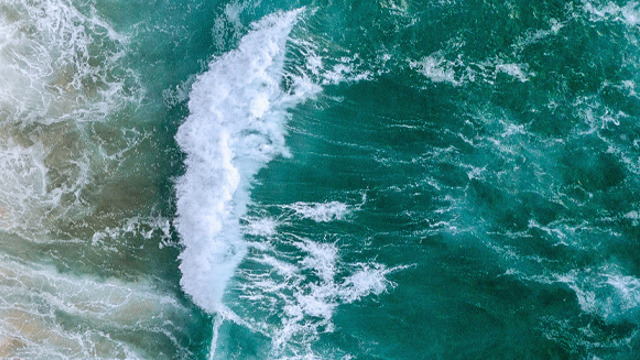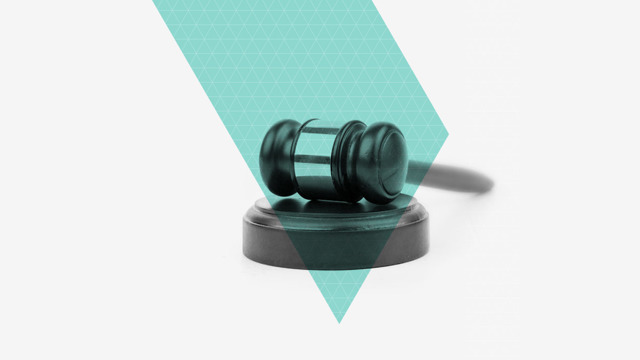In our Whakamāramatanga Series, we explore a range of legislative developments and current legal issues within te ao Māori.
Click the links below to access our publications in this series.


In our Whakamāramatanga Series, we explore a range of legislative developments and current legal issues within te ao Māori.
Click the links below to access our publications in this series.






